When it comes to lighting there are four main types of motion sensors to control lighting and each one has its pros and cons. As an electrician that has carried out hundreds of lighting designs, I’ve learnt that selecting the right type of motion sensor for the situation and the customer’s needs is vital to have a well-worked lighting design and avoiding issues like constant triggering.
In this article, I’ll simply explain what each type of lighting motion sensor does, look at the good and bad points of each and what situation it is best used in. If you’re asking questions such as, is an infrared motion sensor better than a microwave sensor? you have come to the right place.
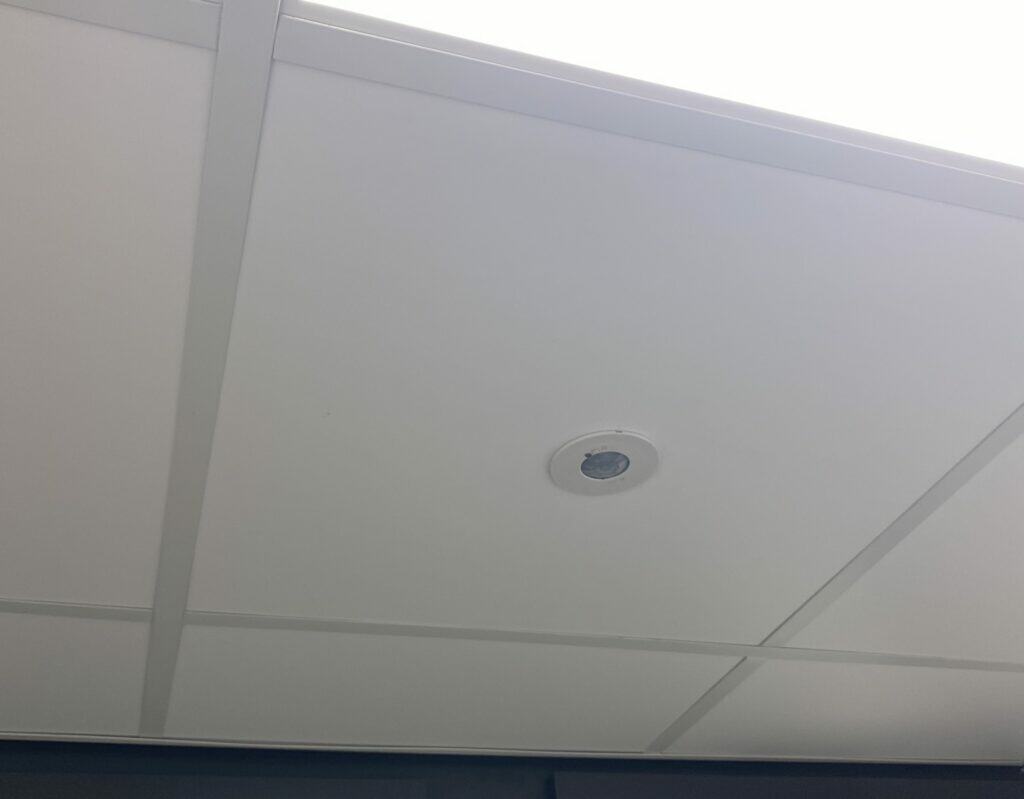
There are four main types of motion control sensors used to control lighting. As an electrician that has carried out hundreds of lighting designs, knowing the pros and cons of each sensor is vital to correct operation and preventing nuisance activations.
The Benefits and Limitations of PIR Motion Sensors for Lighting Control
Passive infrared motion sensors have been the workhorse of motion-controlled lighting for many years. For a long time, they were customers’ go-to when choosing a sensor, and I have probably fitted thousands over the years.
Although newer technologies have come along, such as microwave sensors discussed below, PIR sensors still have their place and remain a firm favourite of many electrcians.
Perhaps the two biggest pros of choosing a PIR sensor to control lighting are their simplicity of set-up and their relatively inexpensive price tags. As infrared technology is older, it has been tested in the real world much more.
Installing a PIR sensor means we wire it into the light fitting (if the fitting doesn’t come with one built-in) adjust the settings and it tends to work first time. Other sensors have a nasty habit of requiring a lot of adjustment to get them right.
I’m a little reluctant to use the phrase cheap and cheerful as this feels like I’d be doing PIR sensors a disservice, but when the price range is around £10 to £20 and they pretty much work straight out of the box (once installed correctly) this feels like a fair comment to make.
Another advantage of choosing PIR motion sensors is the technology rarely causes interference with other electrical items, which can be a problem with other types of motion sensors. Alongside the positives above, there are some negative aspects to controlling lights with PIR motion sensors that may make customers want to look at alternatives.
The limited detection range and the inability to detect through objects are one of the biggest drawbacks of PIR sensors. People often have to get close to the sensor in order for it to detect them. My back garden is a good example of this problem, in that I am halfway up the path before my light detects me and illuminates me.
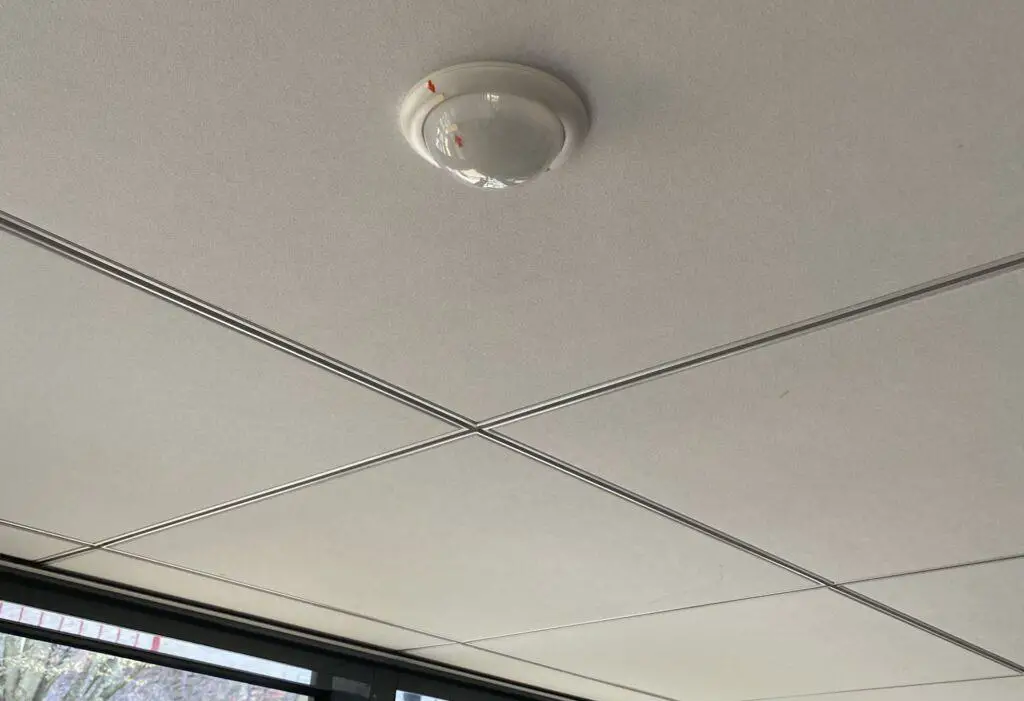
I’ve also experienced situations at work, where a large area, such as a corridor isn’t illuminating quickly enough for the occupants. This can be solved by adding an additional PIR to the corridor but poor planning at the design stage leads to this problem more often than it should.
Another downside we should mention is that PIR sensors can only detect motion if it is moving across its field of vision. It takes longer for the sensor to detect a person if they are walking straight on into the sensor. Proper placement can help this issue, but they are less sensitive than other types of sensors especially if you opt for one at the lower end of the price range.
When it comes to PIR sensors as an electrician I think they are a great choice for many as a relatively inexpensive way of controlling lighting that gets the job done. If you are looking for simple and reliable technology that has stood the test of time these are the best bet. However, for those who like to be more advanced with their electrical choices, it’s worth looking into the microwave detectors below.
Microwave Motion Sensors for Lighting – the Pros and Cons
Microwave motion sensors are becoming a much more popular choice to control lighting, especially in commercial environments such as offices. I’ve definitely noticed a sharp increase in the last 5 years or so in the number of commercial customers choosing the microwave sensor when presented with the option.
One of the biggest advantages of using a microwave sensor is the greater range it has in comparison to the PIR sensor. Microwave sensors can be set up at one end of a corridor and pick up even the smallest movement. This is great as although they are only a little more expensive, in the region of £20 to £30 for a standalone microwave sensor, it often requires less of them to provide proper coverage to an area.
Another reason I am a big fan of microwave sensors is that they can be set up to dramatically reduce false detections. By setting the height and levels they operate at, smaller object motions, such as dogs and cats can be below the detection range and prevent triggering.
The downside of this greater control is that they can be a lot more fiddly to set up, especially bearing in mind that they can detect motion through walls and obstacles. This can be a great feature, or it can mean spending a frustrating amount of time trying to avoid unwanted detection and get it all set up just right.
Following on from that point, they are just more sensitive so are less ‘set and forget’ than their PIR counterparts. Environmental factors such as wind and rain can trigger false alarms which are not ideal if used in an exterior light that is outside someone’s bedroom window on a stormy night.
Electrical interference is always a warning on the instruction booklet when fitting the microwave sensor to the lighting circuits. My understanding is that if other electrical items use the same frequency, such as wi-fi routers, there can be interference. This is not something I have come across much but is still a potential downside of microwave sensors non the less.
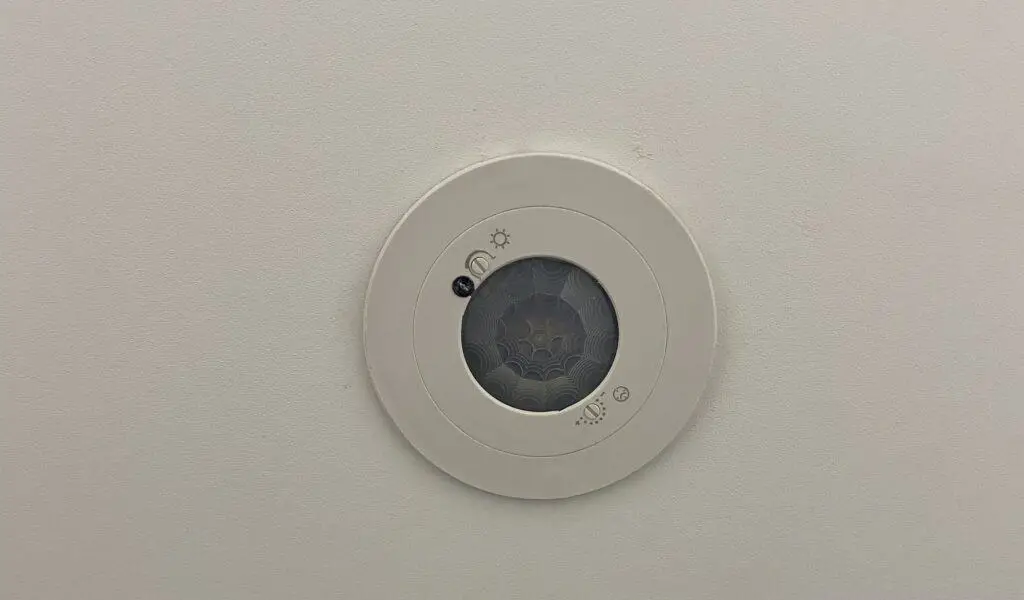
Evaluating Ultrasonic Motion Detectors for Lighting Control
Before we jump into discussing ultrasonic motion sensors for lighting control we should be clear that this is more specialist equipment and the uses in general homes are going to be limited. Although the motion sensors described above are still regularly used, the lighting industry as a whole, especially in the commercial sector, is moving towards smart lighting controlled by central systems.
I avoid discussing this type of lighting in general on this site, as the uses are limited for homeowners, but readers should be aware that DALI lighting systems are becoming mainstream within the commercial industry. Ultrasonic sensors fall more into this category rather than a sensor you are likely to find built into a light or for sale advertised as a motion sensor to control lighting.
DALI lighting systems require lighting control engineers to commission them, so an ultrasonic sensor, for the time being, is beyond what most homeowners would need.
Essentially ultrasonic sensors are favoured as they are highly accurate and can detect movement accurately in any direction, they have a wide range and are less susceptible to interference (or interfering) with other electronic components.
The downside of ultrasonic motion sensors for lighting control is, as we have mentioned, they are much more complex to install and set up, resulting in much higher expense compared with PIR or microwave sensors.
I believe it is only a matter of time before DALI and Bluetooth-controlled systems become mainstream in homes, but we are still a little way of at the moment so best deciding between passive infrared or microwave sensors for your lighting control needs in my opinion.
The Strengths of Absence Detection Motion Sensors – Why they Shouldn’t be Overlooked
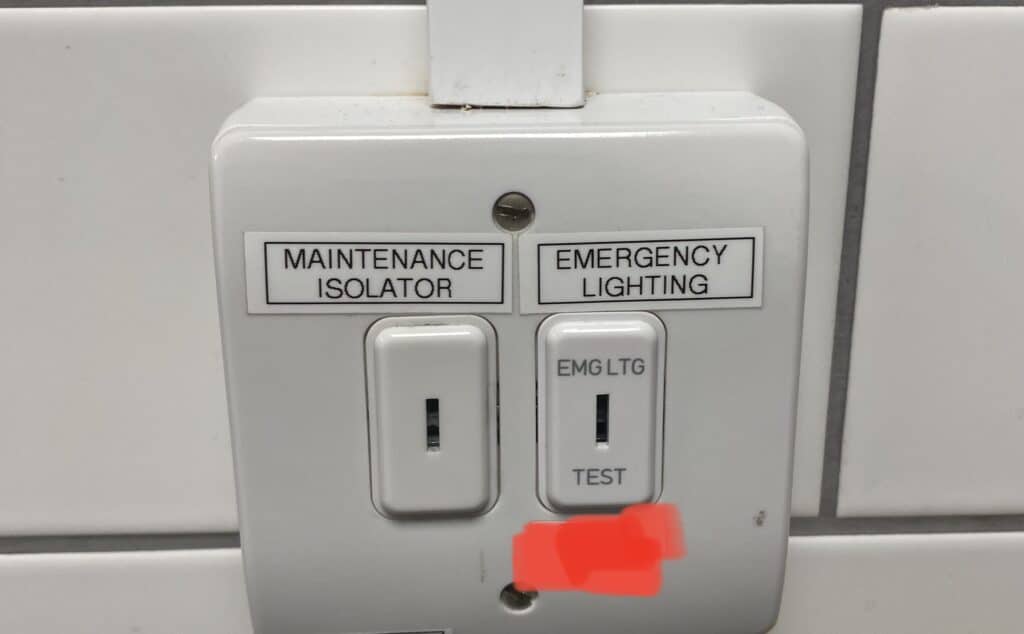
So far the type of motion sensors we have looked at all rely on detecting motion, activating and then turning the lights off after a set duration of not detecting any motion. There is one fundamental floor to this workflow and that is that you cannot turn the lights off if you want to.
The photo above shows an override key switch. This is a type of switch we fit that needs a special tool to turn on and off, to prevent unwanted tampering with. These help isolate the motion sensor for maintenance purposes but are not designed to let users control the light.
This is a big problem if for example, you are sitting in an office being controlled by a motion sensor and you want to turn the lights off to watch a presentation on screen. there is no way to do it.
This is where absence detection sensors come in. It allows us to operate the light on a switch, ie turn them on and off as we wish, but they have a great advantage that if they detect no motion for a set duration they will automatically turn the lights off. To turn them back on again is simply a matter of turning the light switch back on.
Absence detectors are fantastic for areas where lighting control is still required but lights frequently get left on, in offices for example. Absence detectors help save energy and reduce the environmental impact of buildings while improving the longevity of the light fittings as they are illuminated for less time.
Absence detection requires a little more skill to set up as special light switches are needed, called rocker switches. Also, whilst absence detection is great for rooms such as offices it isn’t very useful in corridors where motion sensors are typically more useful.
We can start to see that planning which motion sensor type to use with our lighting doesn’t have a one size fits all solution. Knowing what each type does and selecting the right motion sensor for each user type is the key to good lighting design and preventing nuisance activations and user frustration.
I should also quickly point out that lots of lighting motion sensors come with the ability to double up as absence detection. These are more expensive, and you have to factor in the wiring changes need for the light switch, but reading the description of the features of the motion detector is the way to discover what cool features it has before purchase.
To Photocell or not to Photocell – Making an Informed Decision
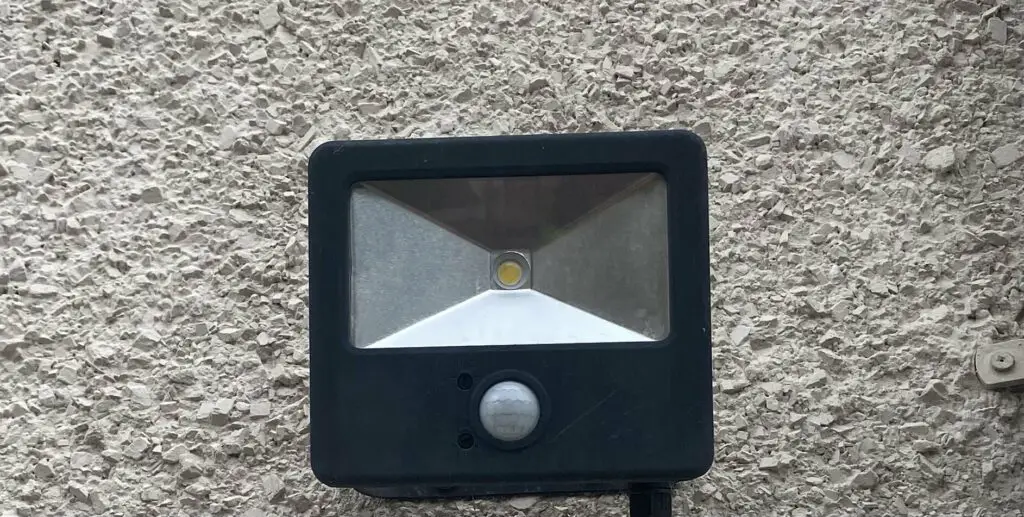
We cannot talk about the different types of motion sensors to control lighting without mentioning photocells. Although these are not really motion sensors they still automatically bring the lights on and off and are often built into a light fitting alongside a motion sensor.
Photocells are able to detect when the light levels drop, ie as it becomes night, and automatically turn the lights on. Then when daybreak comes, the photocell registers the higher lux levels and turns the lights back off.
This technology is super common and used in countless lighting designs from streetlights to homeowners’ exterior floodlights.
The downside of a standalone photocell is that there is little control over the activation. They come on when it’s dark and off when it is light if we only want the lights on for a few hours, for example in the evening whilst it is dark until we go to bed we need to integrate a photocell with other technology.
Typically, I will install a photocell sensor in conjunction with a time clock device. By using the two together, we can have the lights switch on when it’s dark, but the timer can be set to turn them off before dawn. For example, a council may decide to have all the street lights switched off at midnight to save energy. They do this by having the settings on the time clock override the photocell.
Homeowners can integrate photocells into their lighting designs. The exterior lights in the garden could activate in the evening via photocell and then use a timer to turn them off at the hour you typically go to bed.
There are other articles on this site dedicated to photocells if you would like to learn more.

